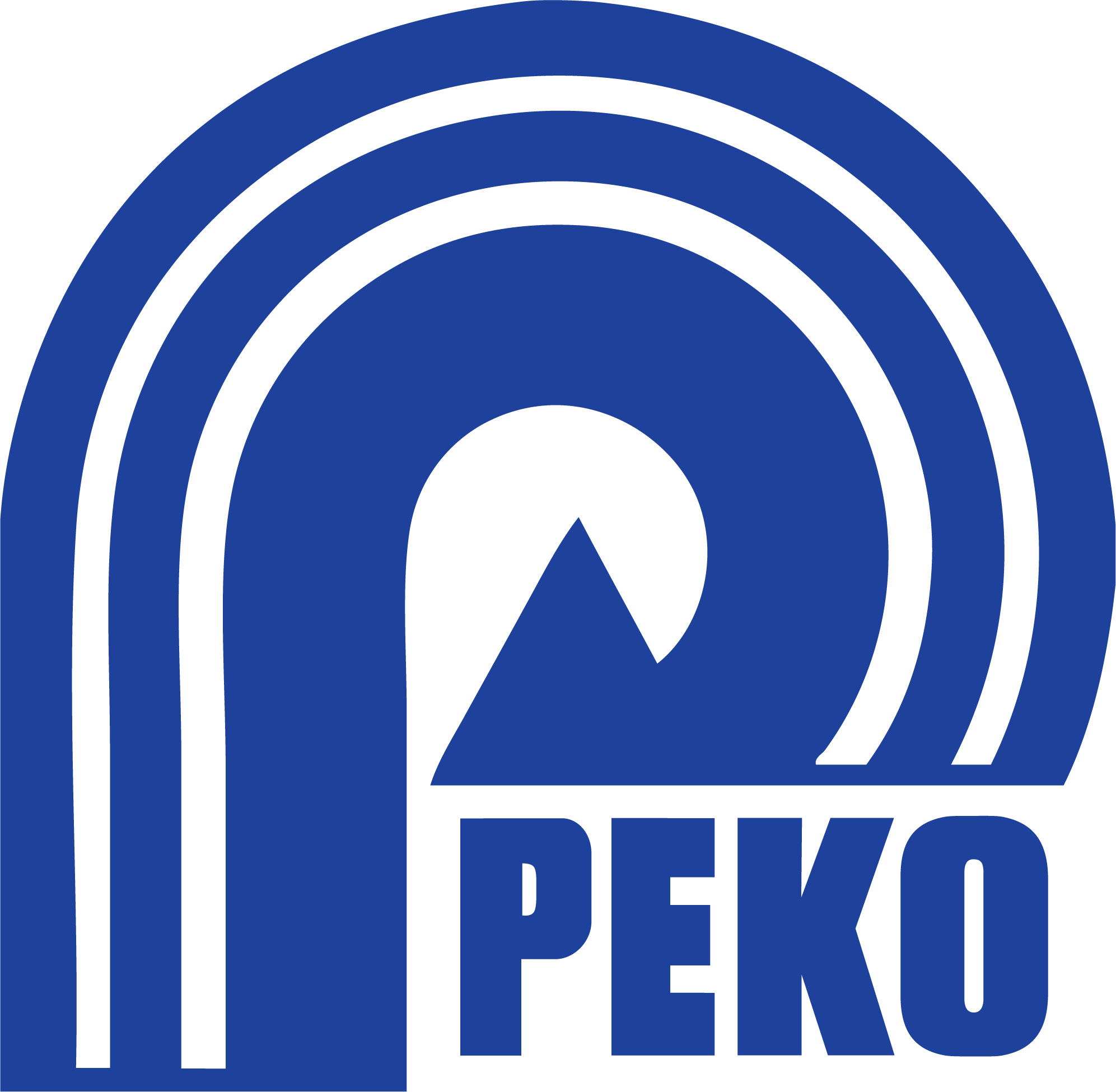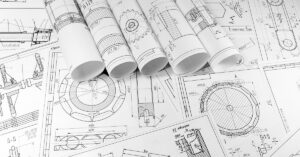At PEKO, we understand that preparing for a quote can feel overwhelming—especially when details are still in progress. But here’s the good news: even partial information is incredibly valuable. The more details you can share upfront, the faster and more accurately we can deliver a quote, ultimately setting the stage for a smoother, more successful partnership. Don’t worry if you’re still pulling pieces together—send what you have, we’ll help fill in the gaps.
Why Providing Detailed Information Matters
- Accelerating the quoting process.
- Improving cost and timeline estimates.
- Minimizing technical risks down the road.
- Building a strong foundation for collaboration.
Providing as much relevant information as possible upfront makes a significant difference in how effectively and efficiently we can support you.
What to Provide for a Timely, Accurate Quote
Whether you have a polished, complete package or are still assembling details, here’s a helpful checklist to guide you. These items help ensure we can deliver an accurate and timely quote:
- Mutual Non-Disclosure Agreement (NDA): Protects the confidentiality of technical and commercial information exchanged between our teams.
- Request for Proposal (RFP) or Statement of Work (SOW): A formal document is ideal, but even a clear project overview email outlining scope, deliverables, timeline, and key contacts is enough to get started.
- Indented Bill of Materials (BOM) with COTS Costs: A structured BOM, identifying subassemblies and commercial off-the-shelf (COTS) parts, helps us plan materials and supply chain. Known costs for COTS items are a bonus but not required.
- Assembly Times (if known): Historical or estimated labor times by station, operation, or assembly phase help us model labor requirements more accurately.
- 2D Mechanical Drawings: Engineering prints detailing critical dimensions, tolerances, material specs, and relevant notes for fabrication and inspection.
- 3D CAD Models: Native CAD files (SolidWorks, Inventor) or STEP files help with manufacturing planning, cost estimation, and design for manufacturability (DFM) analysis.
- Quality Requirements: Any applicable standards (ISO, MIL-STD, IPC, etc.), inspection criteria, traceability needs, and customer-specific documentation or reporting expectations.
- Target Annual Volume / Build Quantities: Provide projected yearly quantities, batch sizes, and expected growth — this helps us optimize pricing and plan production capacity.
- Prototype vs. Production Build Expectations: Clarify whether this is a first-article prototype, low-rate initial production (LRIP), or full production run — and what the goals are at each stage.
- Test Plans or Functional Test Requirements: Outline any electrical, mechanical, software, or system-level tests required prior to shipment. Include whether test equipment will be customer-supplied or needs to be developed.
- Special Handling or Packaging Requirements: Specify if the product requires protection from ESD, shock, vibration, or has cleanroom or other specialized packaging needs.
- Regulatory or Compliance Requirements: Provide details on any CE, UL, RoHS, REACH, FDA, FAA, or export control (EAR/ITAR) requirements.
- Preferred Suppliers or Customer-Supplied Materials: List any specific vendors, long-lead components, or consigned materials that you plan to provide.
- Budgetary Range or Target Price (if available): While not required, sharing a target budget helps ensure early alignment and allows us to tailor our proposal accordingly.
Pro Tips for Successful Engagement
- Send what you have — even partial information moves the process forward. Don’t let incomplete details hold you back from reaching out.
- Prioritize critical components. Focus first on parts of the design that drive cost, lead time, or regulatory complexity.
- Early Design for Manufacturability (DFM) pays off. Involving PEKO early allows small design changes that can dramatically reduce costs and risks.
Get Started—Request A Quote from PEKO Today
At PEKO, we’re committed to helping you succeed, whether you’re launching a prototype, scaling to production, or tackling a complex, custom project. The better prepared you are when you reach out, the faster we can help turn your vision into reality. But remember: perfection isn’t required — we’re here to collaborate and guide you every step of the way.








